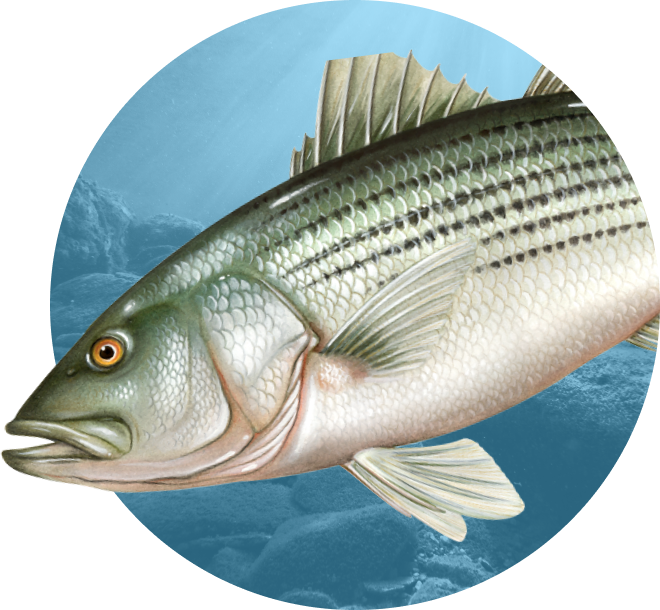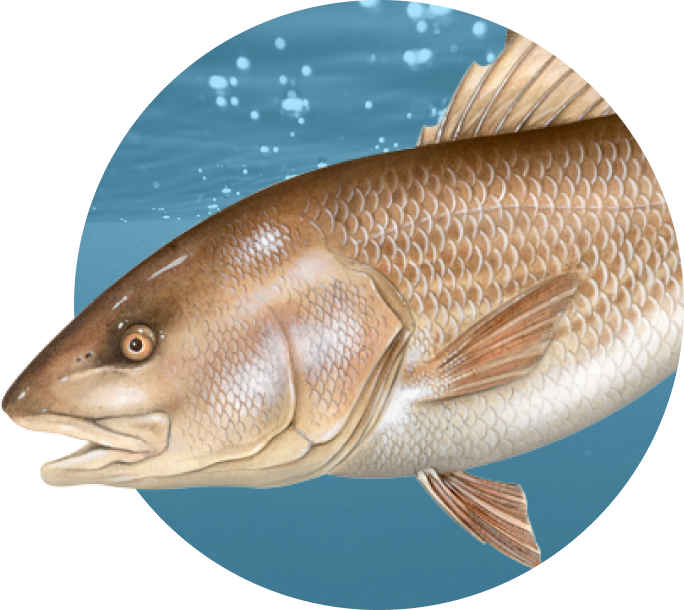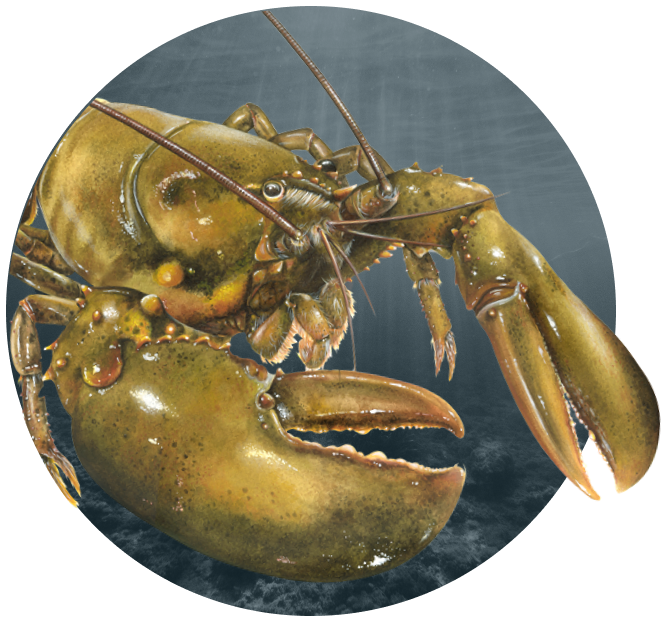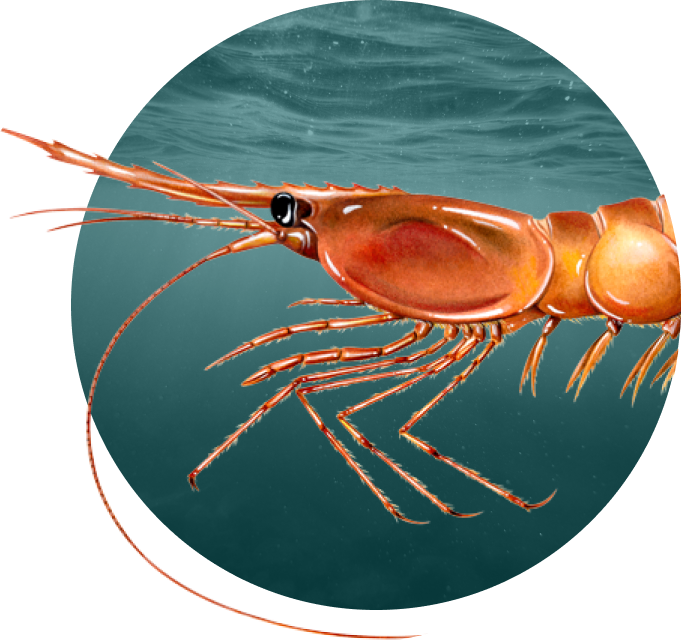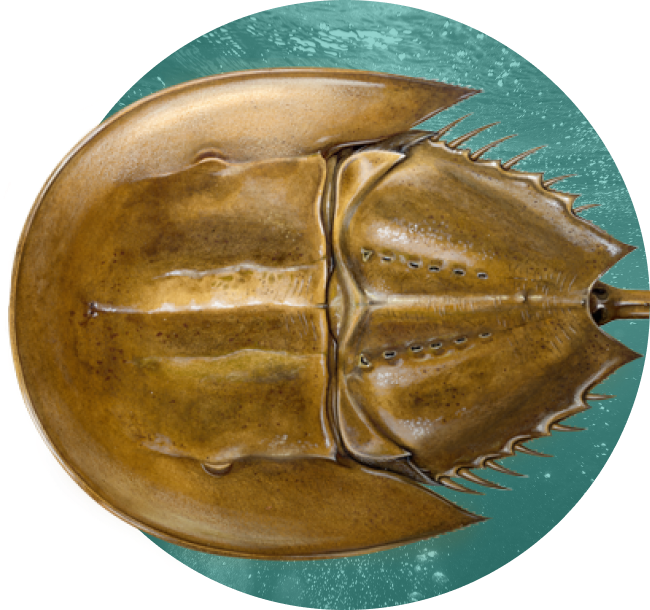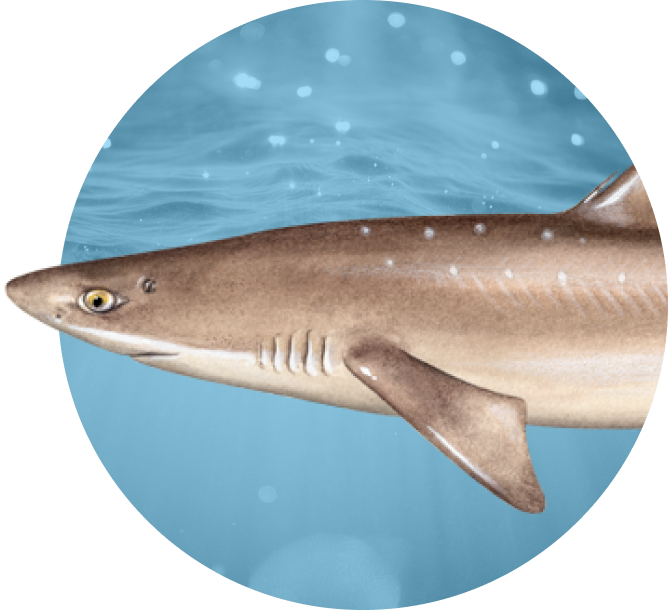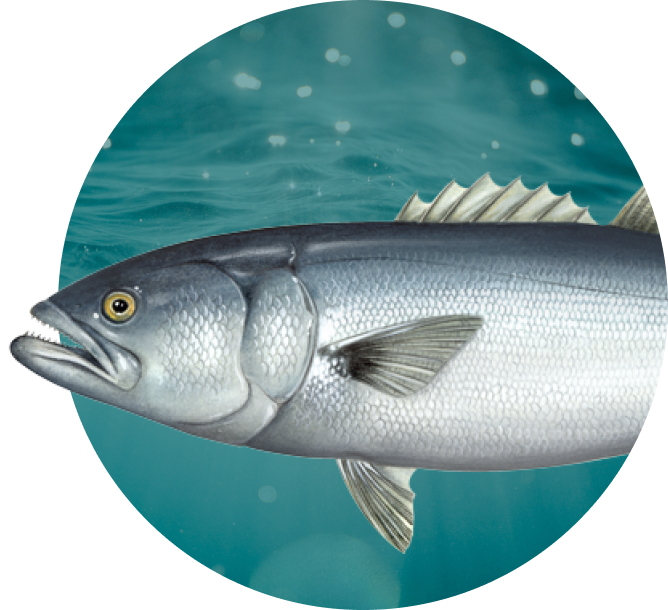Get Involved
Welcome to the ASMFC Action Tracker, your hub for up-to-date information on the key issues affecting Atlantic coastal fisheries management. This platform offers detailed insights into ongoing challenges, management discussions, and the steps being taken to address them. Dive into the specifics of each issue to understand the impacts and the actions proposed or in progress to sustain and enhance our marine ecosystems.
Action Tracker
Pending Actions
-
Recreational Sector Separation and Data Collection Amendment
Focal species: bluefish, summer flounder, scup and black sea bass
Problem Identified/Under Review
No actions found
Past Board Decisions
-
-
-
-
-
Horseshoe Crab Addendum IX
Multi-year specifications for male only harvest of Delaware Bay-origin horseshoe crabs
-
-
Recreational Measures Setting Process Framework/Addenda
Focal species: bluefish, summer flounder, scup, and black sea bass
Charting the Course: Inside ASMFC’s Decision-Making Process
The Atlantic States Marine Fisheries Commission (ASMFC) employs a structured and dynamic decision-making process to coordinate the sustainable management of Atlantic coastal fisheries. This process, rooted in scientific rigor and public involvement, ensures that fisheries management is responsive, adaptive, and effective. Here’s a simplified overview of the stages involved in the decision-making process:
1
Problem Identified/ Under Review
The ASMFC identifies key issues through stock assessments, allocation reviews, and rebuilding targets. The Technical Committee analyzes these using the latest scientific data, setting the stage for informed management proposals.
2
Pending Actions
Proposed actions, crafted from scientific analyses and committee insights, are presented for public and advisory input. This step ensures that all stakeholder perspectives are considered to refine and optimize the management plans.
3
Decision and Implementation
After extensive review of public and advisory feedback, the ASMFC finalizes management programs, which are then implemented by member states, who enforce and monitor the regulations to assess their impact and effectiveness.
Learn More About the ASMFC Decision-Making Process
Problem Identified/Under Review
- Identified Problem: This initial stage involves recognizing issues through ongoing stock assessments, allocation reviews, and setting rebuilding targets.
- Scientific Review/Input: Technical committees analyze the identified problems to provide scientific insights that guide the formulation of potential management actions.
Pending Actions
- Proposed Action: Based on the scientific input, potential management measures are drafted, aiming to address the gaps or needs identified in the review phase.
- Public and Advisory Input: Proposed actions are then opened to public comment to incorporate stakeholder perspectives and enhance the measures’ effectiveness and acceptance.
Decision and Implementation
- Commission Determines: After reviewing public and advisory inputs, the Commission finalizes the management program, which is designed to address the specific fisheries management challenges effectively.
- States Act: The final step involves the implementation and enforcement of these regulations by the member states, ensuring compliance and monitoring the impacts of these measures on the fisheries.
This streamlined approach allows ASMFC to swiftly adapt to changes in fishery resources or management needs, from the initial identification of issues to the final implementation of solutions. The process is transparent and inclusive, encouraging public participation and feedback to inform and improve fisheries management across the Atlantic coast.
Get Hooked on ASMFC News
Dive into the latest updates and catch all the important news by joining our newsletter mailing list. Stay in the loop with meeting agendas, fisheries management news, and more.

